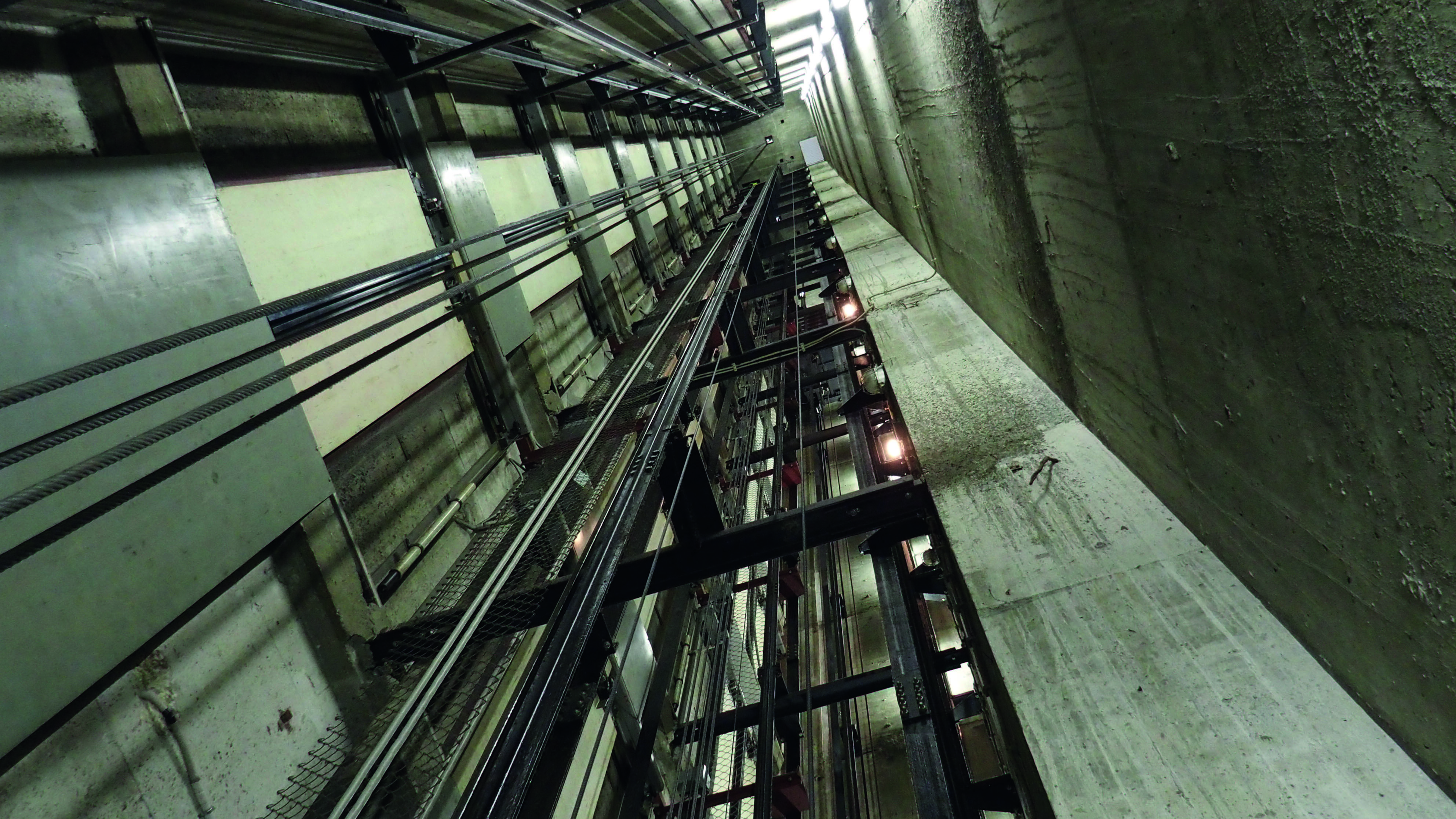Going up

Nick Mellor explains how the humble lift is getting smarter and why this matters to building owners and users.
It’s estimated that within London alone, there will be over 400 buildings at least 20 floors high within the next 15 years. With this comes the demand for more efficient mechanisms of transport for users, and thanks to new technology lifts are becoming predictive, energy efficient and futuristic.
Changes in lift technology means that building managers are now able to monitor their lifts remotely, understand the user-flow and crucially reduce maintenance issues and costs.
Whilst remote monitoring of lifts is nothing new (there is a standard from the mid-1990s), Internet of Things (IoT) and Artificial Intelligence (AI) tech are moving this one stage further. Its impact is being felt on user experience; with lifts now able to predict flow and manage passengers based on the best journey. Smartphone apps can be used to request a lift even before the user has left their desk.
In its recent project at Twentytwo Bishopsgate, Otis supplied 57 lifts which act as a compass for users. They tell the lift where they want to go, before they get in, and then using its SmartGrouping system it matches the users together with others travelling to the same destination. This results in faster (and more efficient) journeys.
Of course, better planning equates to better reporting and the possibility for owners and managers to have better data on the availability and usage of their lifts, and on passenger flow in the building. There are also benefits for maintenance as data from the lift can be monitored and maintenance calls scheduled to meet the needs of the equipment and minimise disruption. In this vein, it is also interesting to note that the EC Machinery Directive is being reviewed for the broader implications for AI, IoT, robotics and cybersecurity.
A recent installation by ThyssenKrupp in Brazil’s Birmann 32 office complex has allowed building managers to schedule lifts in line with its users. Its management system is installed in computers, in the control room, at the concierge desk and on smartphones. It schedules lifts to arrive in specific areas of the building during times of high-traffic and can be disabled at low times to save energy.
Similarly, KONE has partnered with IBM to develop a system which unlike conventional controls, that only register the desired travel destination, takes into account the desired destination floors - plus the number of people waiting to improve efficiency and convenience.
It’s not only users benefitting from this tech, lift and building engineers are finding safer ways of working. In collaboration with Microsoft, ThyssenKrupp has developed a virtual reality headset which allows the engineer to look at the motor without having to enter the lift shaft or climb floors to identify the issue.
Most lifts are already energy efficient, due to the drive by many manufacturers towards machine-room-less technology (this becomes housed in the lift shaft) using high efficiency gearless traction machines.
Standards such as the BS EN ISO 25745 series now provide a standardised method for measuring and classifying the energy usage of lifts and escalators and are referenced from the BREEAM guide. However, whilst voluntary schemes such as BREEAM have been quite useful, they can be seen to be prescriptive and include requirements which do not necessarily optimise the energy performance of the building.
High rise lifts are highly energy efficient thanks to permanent magnet machines and a regenerative energy system. This means the building can cleverly use some of the energy created by the lift during its operation.
What’s certain is that lifts are no longer stand-alone devices and are now an integral part of a building’s infrastructure. The days of waiting for a lift are on their way out, the lift can now be waiting for you – and it will already know where you’re going.
Nick Mellor is MD of the Lift and Escalator Industry Association (LEIA) and organiser of LIFTEX 2019 which takes place from 15 – 16 May 2019 at ExCeL, London
*Picture credit Shutterstock.com/ Wolfgang Beck








